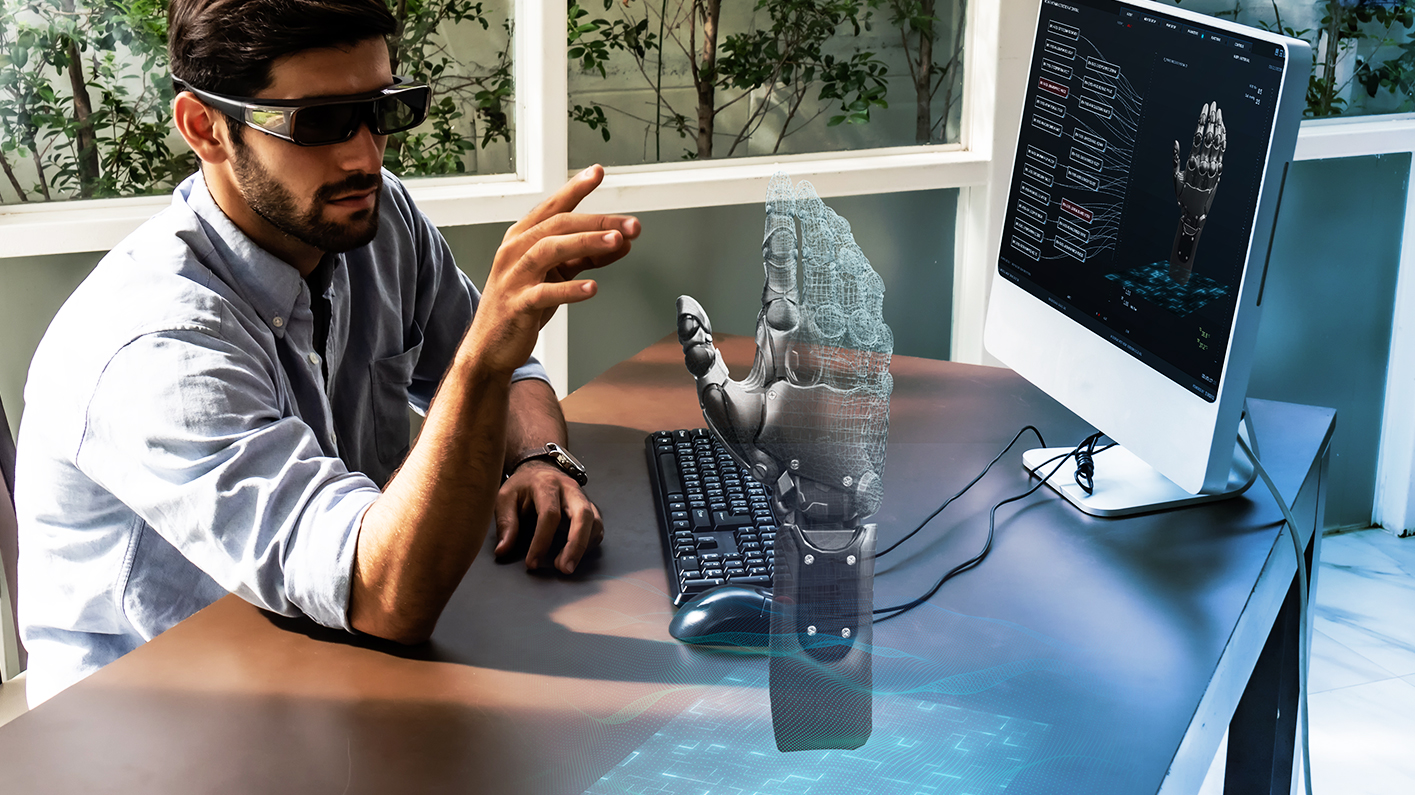The concept of digital twins is much discussed, but what is it and how can it be applied? Essentially, a digital twin is a virtual representation or digital replica of a physical object or system, which can be used to simulate, analyze, monitor, and optimize the behavior and performance of that object or system in real-time.
Digital twins have garnered attention as they are becoming increasingly important, because they allow organizations to improve operational efficiency, reduce downtime, and lower costs. They are used in a wide range of industries, including manufacturing, aerospace, automotive, and healthcare, and can be used in a variety of ways, including predicting maintenance needs, optimizing energy usage, and improving product design and performance.
According to a survey conducted by the Digital Twin Consortium in 2020, approximately 50% of companies surveyed reported using digital twins in some capacity. This figure is expected to increase in the coming years, as more and more companies recognize the benefits of digital twins and adopt the technology.
The use of digital twins is particularly prevalent in the manufacturing and aerospace industries, with over 70% of companies in these sectors reporting the use of digital twins. In the automotive and healthcare industries, the adoption of digital twins is somewhat lower, with around 50% of companies in these sectors reporting the use of digital twins.
One of the main uses of digital twins is to simulate the behavior of physical systems to optimize their design and performance. For example, in manufacturing, a digital twin can be used to simulate the production process, identifying bottlenecks and inefficiencies, and proposing solutions to improve efficiency. In aerospace, digital twins can be used to simulate the behavior of aircraft systems, allowing engineers to optimize performance and identify potential issues before they occur. This reduces the risk of unforeseen issues and minimizes the cost associated with correcting them.
Continuous Monitoring and Predictive Analysis
A digital twin can detect process inefficiencies through real-time monitoring. By continuously collecting data from sensors and other sources, a digital twin provides a detailed view of an object or system in real-time. This can help pinpoint bottlenecks, delays, or other inefficiencies that may be impacting the process.
Another way in which a digital twin can detect inefficiencies is through predictive analytics. By analyzing data from past performance, a digital twin can identify trends and patterns that may indicate potential inefficiencies. For example, a digital twin of a manufacturing process may identify a pattern of increased downtime or reduced output during certain times of the day, which could indicate an issue with a specific piece of equipment or a step in the process.
In addition to real-time monitoring and predictive analytics, a digital twin can also be used to simulate different scenarios and test potential process changes. This can help identify potential issues and uncover solutions to address them. For example, a digital twin of a transportation network could be used to simulate different routing scenarios to identify the most efficient routes and reduce fuel consumption and emissions.
Enhanced Maintenance and Repair
Another common use of digital twins is in the maintenance and repair of physical systems. Digital twins can be used to analyze the performance of a system over time, identifying potential issues and suggesting maintenance or repair activities before problems occur. This can help to reduce downtime and improve the overall performance and reliability of the system.
By continuously collecting data from sensors and other sources, a digital twin can provide a detailed view of the performance of a system in real-time. This can help to identify potential issues or problems before they become major issues, allowing for proactive maintenance and repairs. For example, a digital twin of a manufacturing process could identify a trend of increased vibration or temperature in a specific piece of equipment, indicating that it may need maintenance or repair. By identifying and addressing issues before they result in costly downtime or failures, a digital twin can help to improve overall reliability and reduce maintenance costs.
The bottom line: Better insights, better decisions
All this data and information digital twins provide can be used to improve decision-making and optimize resource allocation. By simulating the performance of a system under different scenarios, digital twins can help managers and decision-makers to identify the most efficient and effective course of action.
Digital twins are a powerful tool that can be used to improve the efficiency, performance, and reliability of physical systems in a wide range of industries. As technology continues to advance, it is likely that digital twins will continue to play an even greater role in optimizing the design, operation, and maintenance of complex systems.
Want to know more about how we can help optimize your processes? Contact us today!






